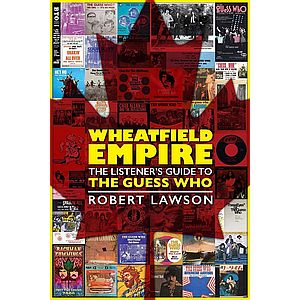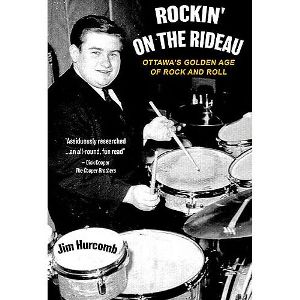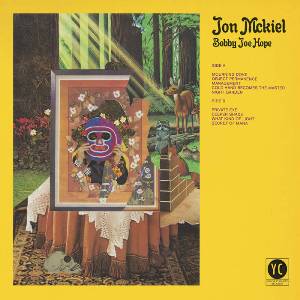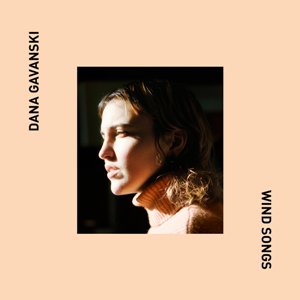| |
Robert Lawson

Wheatfield Empire: The Listener's Guide to the Guess Who
Friesen - 2020
Mike Milner
|
The Guess Who were not only Canada's first rock stars, they were the launching pad for Burton Cummings and Randy Bachman, two of this country's most iconic artists.
They started out in Winnipeg in the early 1960s as Chad Allan and the Expressions but became known as the Guess Who in 1965 in what was essentially a publicity stunt by their label, Quality Records. In the hopes that radio stations might assume they were the latest English sensation (and thus be more willing to play them), Quality sent out their cover of Johnny Kidd and the Pirates' 'Shakin' All Over' in a sleeve marked simply 'Guess Who?'. The record was a hit, and the band from then on became known as the Guess Who? and later simply the Guess Who.
What followed were the Guess Who's two most important periods: the classic Bachman era and the years following when Cummings would become the undisputed leader of the group. The former began in late 1965, when Deverons singer Cummings was asked to join (leading to original singer Chad Allan's exit shortly thereafter). Starting in 1969 with the release of 'These Eyes', the Guess Who launched a number of songs into the top ten in Canada and the USA, culminating in their 1970 double-sider, 'American Woman' b/w 'No Sugar Tonight', a #1 hit in both countries. The second period would start after Bachman's mysterious and acrimonious departure after the release of the American Woman LP in 1970. With Cummings at the helm, the Guess Who would release nine more albums and numerous singles, and enjoy chart success with hits such as 'Share the Land', 'Albert Flasher', 'Runnin' Back to Saskatoon' and 'Clap For The Wolfman'. In 1975, however, after a number of personnel changes, frustration would cause Burton to finally call it quits, thus ending the second major period.
Robert Lawson's Wheatfield Empire: The Listener's Guide to the Guess Who is a welcome addition to the literary history of this important group, a history that is surprisingly thin. The author is described on the cover as "a life-long fan of The Guess Who [who] has spent years tracking the band's recording history and consulted closely with many Guess Who experts to compile this comprehensive guide". This is certainly borne out in the thoroughness of the detail contained within.
The information in Wheatfield Empire is provided in chronological order, from the earliest iterations to the various reunions that have taken place after the band's demise in 1975. Also included are details on television appearances and concert bootlegs, as well as solo recordings by both Bachman and Cummings. Each of the dozen albums released during the band's golden period (1969 - 1975) has its own highly informative chapter, which includes the recording and release dates, the record's reception and reproductions of promotional materials and historically relevant documents. Commentary from band members and other individuals closely associated with the group offers insight into the recording process and the goings-on at the time. And, as to be expected, the book also contains a complete discography.
Wheatfield Empire is an entertaining and easy read, and a must for fans of the Guess Who, especially when one considers the scandalous paucity of written material about this seminal band. Definitely recommended.
|
|
Suggestions

Jim Hurcomb
Rockin' on the Rideau
Friesen

Jon Mckiel
Bobby Joe Hope
You've Changed

Dana Gavanski
Wind Songs EP
Flemish Eye

Void Fill
EP #2
(independent)
|








